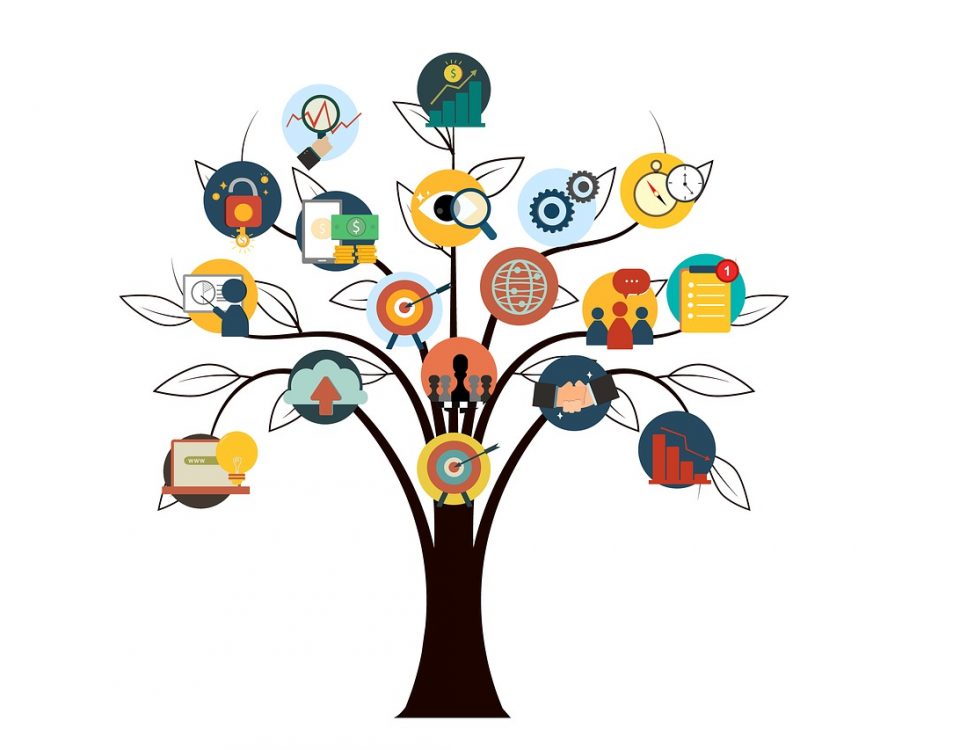- Stronger Customer Relationships
- +1-949-878-7411
- ramana@varasi.com
Information Channels To Leverage For Building Relationships With Your Customers

In this article, I will discuss the channels for distribution that a company may be operating through, to reach its end consumers. I will also present some of the common patterns when it comes to the visibility of information and controlling the access to information; that we find ourselves solving for, in our CRM implementations leveraging the Salesforce platform.
Before going any further, here’s a video explaining the concept (if you’d rather watch then read!)
A channel is a mechanism, a network through which the producer is in touch with its end customer.
Keep in mind, the channels serve not just to generate the demand and fulfil the demand for the manufacturer, but an ideal channel is one that educates the customer on the product during the purchase stage, also provides after-sale support – the maintenance and repairs; and is a means for the manufacturer to collect market research.
Let’s explore the players who make up the channel, the parts they play and the relationships between them.
To set the stage and limit the scope of the conversation, let’s assume a Manufacturer is selling to a Consumer, we’re assuming a B2C scenario, and the product is a Consumer Goods Product like say a home appliance. And a somewhat complex product that you need help installing and maintaining.
First, there is the direct relationship that the Manufacturer could have with the consumer through the stores they own or their own website through which the consumer can place an order.
Then there are marketplaces on the internet like Amazon.
The Indirect channels include retailers that may carry the product, and display them on their shelves. The consumer walks into the retail outlet, checks the product out and has their questions answered. In the case of large retailers, the manufacturer may be directly supplying the retailer and managing the relationship with the retailer through its own sales teams
In the case of smaller retailers, the manufacturer may be reaching the retailer either through a distributor or possibly even a wholesaler. Or through brokers and independent agents who manage the relationships with smaller retailers.
There’s something between these two extremes – one the producer working through their own stores or working through distributors and retailers, who are carrying products from multiple brands at the same time. The middle ground is having a franchise of stores run by independent owners who are bound to sell only the manufacturer’s products and promote it using guidelines set by the manufacturer.
For all these channel relationships, there might be a service partner, say contractors who may do the installation of the product or take care of repairs for the product. Again, could be a whole other entity in itself.
To complete the picture, you have the Direct Sales Staff of the Manufacturer who is managing the relationships with the distributors, retailers and other accounts.
A mix of any number of these and much more complex channel strategies and structures certainly exist – as you start to expand the conversation to more industries, more complex products and so on.
The larger point I wanted to make though is this:
Going alongside the physical movement of the goods through these channels, there is the movement of information.
How The Salesforce CRM Platform Can Help
Here are some of the common patterns around the visibility and access to the information that we find ourselves solving for, leveraging the Salesforce CRM platform and in particular the Experience Cloud formerly called Communities.
- A higher tier partner has access to customer-related records owned by a lower tier partner … this could be shipment information, returns, cases raised by the customer, or work orders of installations.
- The manufacturer often has channel managers managing the various channel partners; and depending on the contractual agreements they have in place with each of the channels, has or doesn’t have visibility of data flowing across the channel
- Collaboration is typically over emails and phone calls that you’d ideally like to have a record of, by capturing it in the portal that you have your channel partners access. Such collaboration could be around marketing fund requests or service orders, claims against warranties, or training and certifications that the manufacturer administers.
- Within each of these partners, there’s a need for sharing customer information or putting some boundaries around what is shared with whom in the partner organization
- Finally a service partner, a third-party contractor who needs access to customer data in the territory they operate in.
There are various security models that the Salesforce platform allows, to meet these information visibility needs and the information access control when you are managing the channel.
Hope that struck a chord with you. Look forward to exploring this topic of information flow in the channel in our conversations with you.



